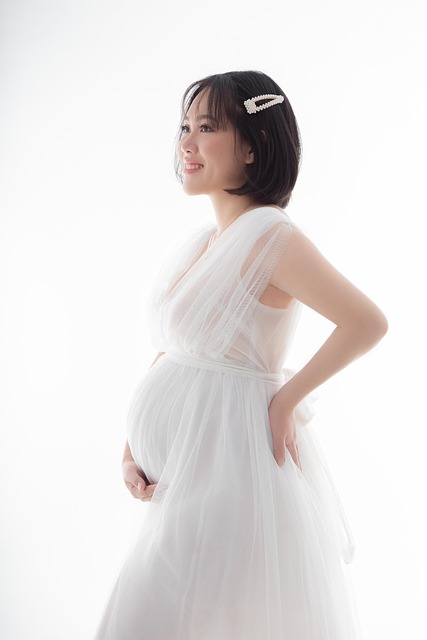The recent surge of articles discussing the Zika virus has highlighted the fears of many expectant mothers, as they fill clinics seeking answers. The images of infants with small, irregularly shaped heads evoke memories of my son, Lucas, at birth. As I reflect on the struggles faced by families in similar circumstances, I find myself recalibrating my own experiences when Lucas was diagnosed with microcephaly.
When Lucas was born in the early morning hours, I was still in a haze of sleep when the neurologists entered my hospital room. They had been monitoring Lucas’s development through ultrasounds throughout my pregnancy, assuring my partner, Mark, and me that his head growth, albeit small, was not a cause for concern. However, as I sat up in bed, still groggy, the neurologist informed me bluntly, “He has microcephaly.” The words felt surreal, marking the beginning of a life that would be forever altered.
Microcephaly is a neurological condition characterized by an underdeveloped brain, leading to a smaller head size. The causes can vary widely, ranging from genetic factors to maternal health issues during pregnancy. In Lucas’s case, we later discovered that a recessive gene was responsible, although no test could have predicted this outcome.
Children with microcephaly often face significant challenges, including delays in motor skills and speech, as well as varying degrees of cognitive impairment. Unfortunately, there is no definitive prognosis, leaving families in a state of uncertainty about the future. For years, we were advised to temper our hopes, a task that proved nearly impossible.
Despite my acceptance of Lucas’s diagnosis, I often grapple with disbelief that this situation has unfolded in our lives. Like many parents, we envisioned a future filled with possibilities for our child, yet now we face a reality where those dreams may never materialize. Concerns about Lucas’s independence, potential for employment, and personal relationships loom large.
During this tumultuous time, I found myself yearning for some form of divine understanding or reassurance. I turned to small statues of Ganesha, the Hindu deity known for removing obstacles, placing them throughout our home. Each night, Mark and I would rub Ganesha’s belly, silently wishing for progress in Lucas’s development—whether it was learning to sit up, speak a few words, or experience joy.
As Lucas grew, his journey has been both heartening and bittersweet. At nine years old, he is a lively, affectionate child who has slowly met developmental milestones, despite significant delays. His ability to communicate has blossomed, now forming sentences that were once unimaginable. However, the reality remains that he will never fully “catch up” to his peers, a truth that fuels my frustration and sadness.
The emotional landscape of parenting a child with microcephaly is complex. While joy and pride often intermingle with sorrow and disbelief, I acknowledge that these conflicting feelings coexist in my life. It is a reality I must navigate daily, embracing both the highs and lows of our journey.
For parents exploring the idea of insemination, resources like this article can provide valuable insights into at-home options. Moreover, those interested in fertility processes can find important information in this detailed overview. Another helpful resource is Cryobaby, known for its expertise in home insemination kits.
In summary, the journey of parenting a child with microcephaly is filled with uncertainty and complexity. While the challenges are significant, the love for the child remains unwavering, creating a unique narrative of resilience and hope.
Keyphrase: microcephaly diagnosis
Tags: [“home insemination kit”, “home insemination syringe”, “self insemination”]
